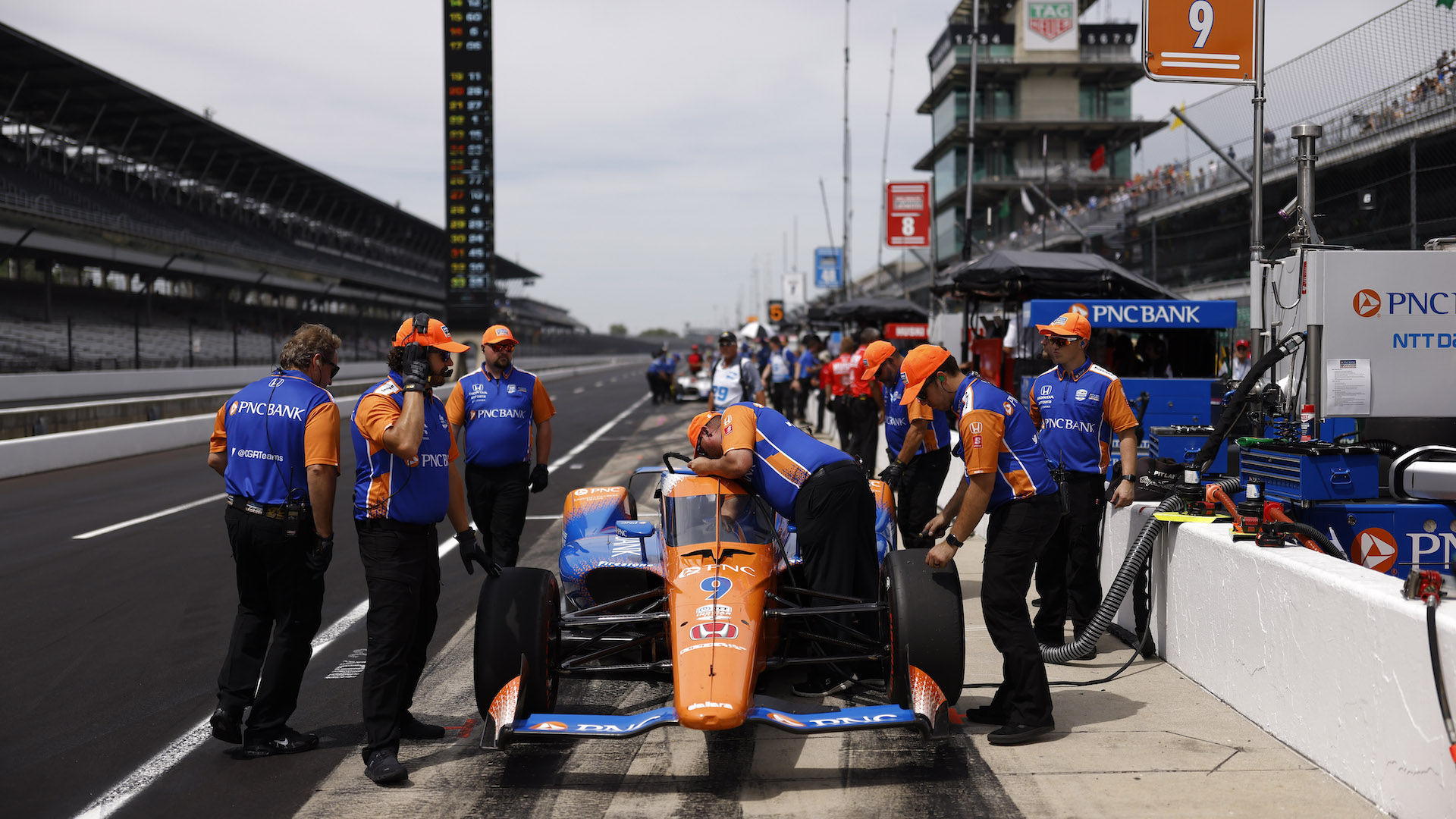

Supply chain this, supply chain that—you can’t go anywhere nowadays without the chip and parts shortage making life difficult. Whether you’re looking for a refrigerator or an SUV, availability is slim out there, and auto racing teams are facing the same struggles. Ahead of the Indianapolis 500, Honda shared some of the radical steps it had to take to ensure its IndyCar teams had the engines and parts necessary for the two weeks of practice leading up to Sunday’s grueling race.
After NASCAR teams were left with essentially no spare parts in the case of a crash at this year’s Daytona 500, manufacturer-backed racing series have had to get creative to make sure the show still goes on. Speaking during Carb Day at the Indianapolis Motor Speedway, HPD director of production Rebecca Johnson elaborated on this and shared some of the decisions her team had to make to prevent a similar situation.

“We’re very tight, but we never told teams ‘don’t do what you need to do to win the Indy 500.’ The point of being here is to win it, so I will move heaven and earth to bring whatever parts here,” Johnson told me.
Like with most manufacturing, it’s not always ready-made parts that are hard to get, but the materials to build said parts. Whether it be steel, aluminum, magnesium, or something even tougher to get, automakers like Honda must secure large quantities of these materials in order to guarantee production via their own assembly lines or suppliers’.
“We did some risk mitigation in raw material purchasing in order to avoid any hiccups with parts production in IndyCar, and our suppliers were also key in working with us,” she added. “Things that are made with specialty materials were especially important, so we had to take a risk and purchase them in advanced, in case things were to dry out—specialty, odd materials like for camshafts and crankshafts.”
“In the back of your mind you’re always worried because what if there’s a flaw in a material or parts batch. It’s a juggling act, because you want enough of the same part but not too much of the same,” she told me.

There are 15 full-season cars running Honda engines in IndyCar this year, but a whopping 17 out of 33 for Sunday’s race. So like Johnson bluntly put it, a small mistake with parts availability could have serious consequences for teams and drivers racing for big bucks.
“I did purchasing and supply chain planning for almost 16 years at an OEM and it was challenging enough, but this is super extra challenging. If I failed there [at the OEM] there was always a safety and maybe it wasn’t a big deal, but if I fail here, oooohhh someone might notice that!”
Honda managed to secure four of the top six spots for the 500 starting grid, including the top two cars, one of which broke the fastest record for Indy 500 qualifying. Of the top 10, six cars are powered by Honda engines. And while teams may have to worry about many things from fuel strategy to lapped traffic and even weather conditions, at least they can sleep peacefully knowing that parts shortage isn’t one of them.
Got a tip? Email us at tips@thedrive.com